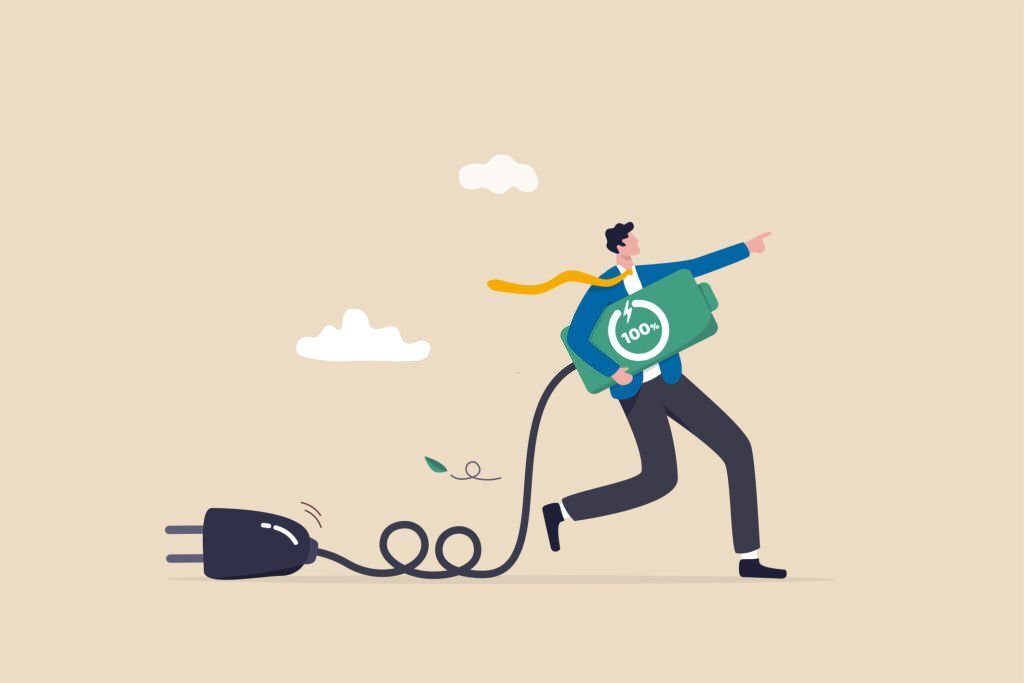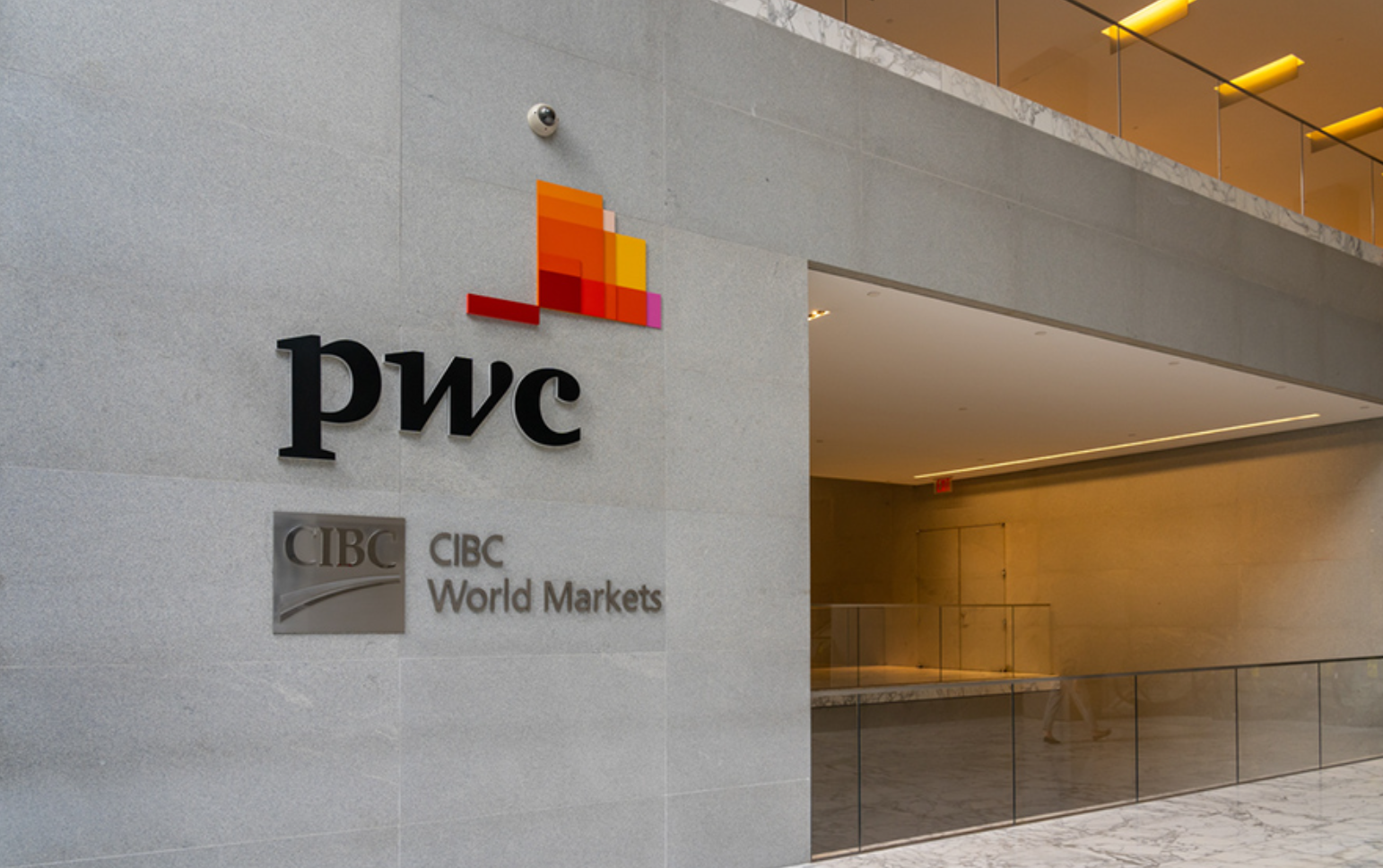Professional and business services is one of three industries that have seen reduced levels of employee burnout risk so far in 2022, according to a new report from enterprise cloud software company Workday.
The report, Addressing Burnout Risk in 2022, measures how burnout risk has evolved within the past year across different industries and geographies, and is based on an analysis of de-identified employee survey data from 1.5 million workers from more than 600 companies around the world.
Unlike clinical burnout, which is defined as an outcome and would require assessment by a trained medical professional, burnout risk looks at workplace experience indicators. Workday assessed burnout risk by using employee survey scores relating to connectedness, energy levels, and fulfillment, and then categorized as higher, medium, or lower risk.
Workday found that professional and business services, along with financial services, experienced declines in the number of organizations with higher levels of burnout risk (-5% and -2%, respectively) due in part to increased engagement driver scores across a number of areas throughout 2021, including environment, autonomy, recognition, and reward. Manufacturing was the other industry that saw a year-over-year reduction in burnout risk (-11%).
Industries that operated on the front lines of the pandemic, such as transportation (16%), government (10%), and healthcare (4%), saw the steepest burnout risk increases from 2021 to 2022.

Sectors performing well for all three aspects of burnout risk—connectedness, energy levels, and fulfillment—include technology, financial services, and retail. All three sectors rank in the top 20th percentile for connectedness, while also managing to maintain high levels of fulfillment and energy among employees, according to Workday.
The report says this about professional and business services employees:
While energy levels and a sense of connectedness are both high, employees seem to lack a sense of meaning and accomplishment in their work. This could be due to it being more difficult to see how your work impacts others in a positive way, especially when compared to someone who interacts with the public on a regular basis.
Among the 10 geographies tracked by Workday, U.S.-based organizations in the higher employee burnout risk category held steady at 17% year over year. Australia, France, Germany, and the Netherlands had year-over-year reductions in the proportion of organizations with higher burnout risk, while Canada, Denmark, Norway, and the United Kingdom had increases in employee burnout risk levels. Like the U.S., New Zealand saw the same levels of higher employee burnout risk in 2022 as it did in 2021.
“From the Great Resignation to the more recent wave of quiet quitting, it is vital that leaders understand employees’ evolving needs and take positive action to help keep them engaged, motivated, and meet them in the moment,” said Phil Chambers, general manager of Workday Peakon Employee Voice.
Thanks for reading CPA Practice Advisor!
Subscribe Already registered? Log In
Need more information? Read the FAQs
Tags: Payroll



